Product design sketches are the initial visual representations of a product idea. They are an essential part of the product design process, serving as a starting point for designers to explore and refine their concepts. These sketches can be simple or detailed, but they all aim to communicate the designer’s vision to others involved in the project.
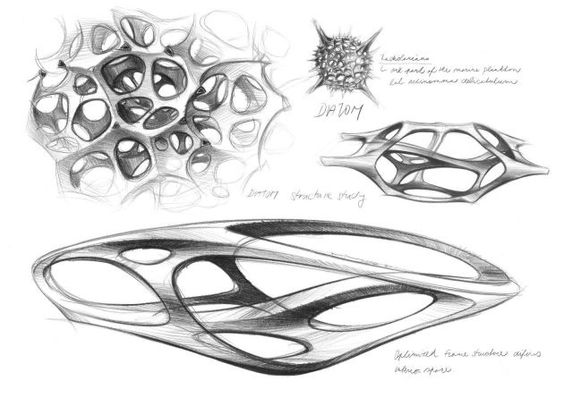
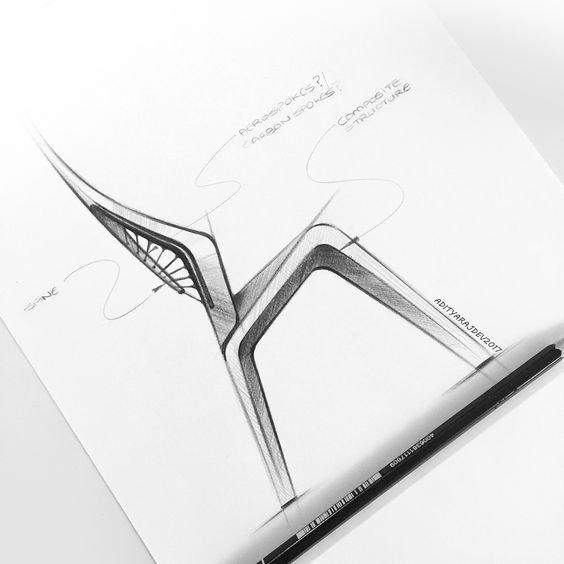
Designers use product design sketches to explore different ideas and variations quickly. They can try out different shapes, sizes, and features without committing to a specific design. Sketches allow designers to experiment and iterate until they find the best solution. By using sketches, designers can also communicate their ideas to other team members, including engineers and manufacturers, who need to understand the product’s design to bring it to life.
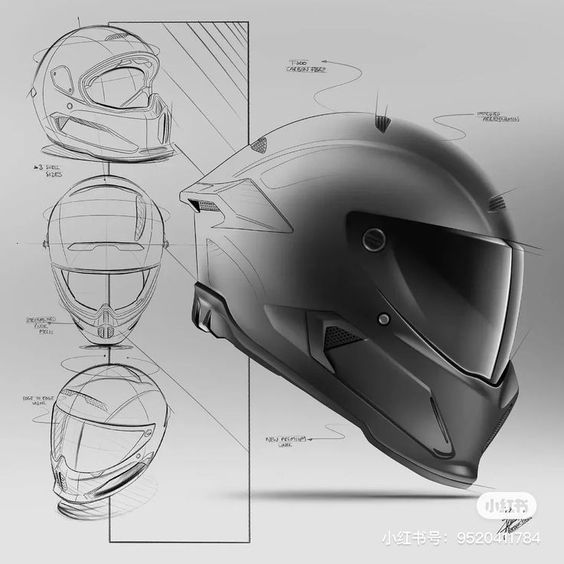
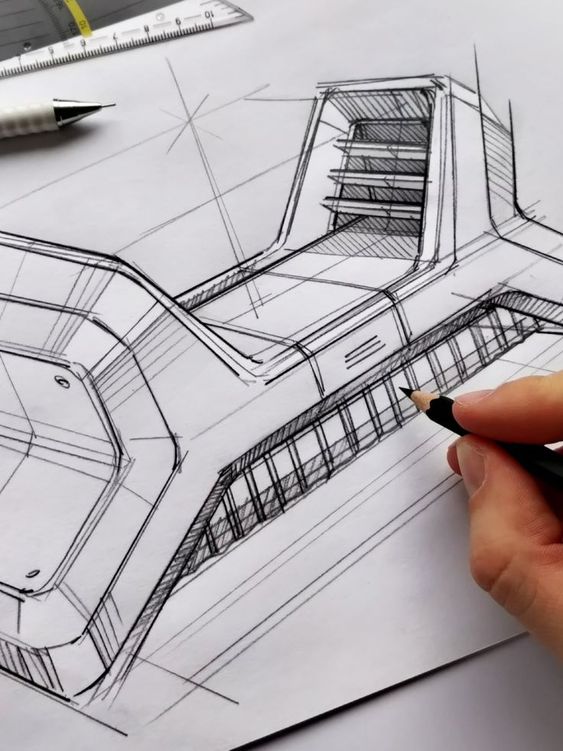
Product design sketches can be created using various tools, including pen and paper, digital tablets, or software. The choice of tool depends on the designer’s preference and the project’s requirements. Regardless of the tool used, the goal is always the same: to create a visual representation of the product design that can be shared and refined. In summary, product design sketches are a crucial part of the product design process, allowing designers to explore ideas, communicate their vision, and refine their concepts.
Understanding Product Design Sketches
Product design sketches are an essential part of the design process. They help designers to visualize and communicate their ideas, refine their concepts, and explore different design options. In this section, we will explore the role of sketches in design, the types of product design sketches, and the materials and tools used for sketching.
The Role of Sketches in Design
Sketches play a crucial role in the design process. They allow designers to quickly capture and communicate their ideas, explore different design options, and refine their concepts.
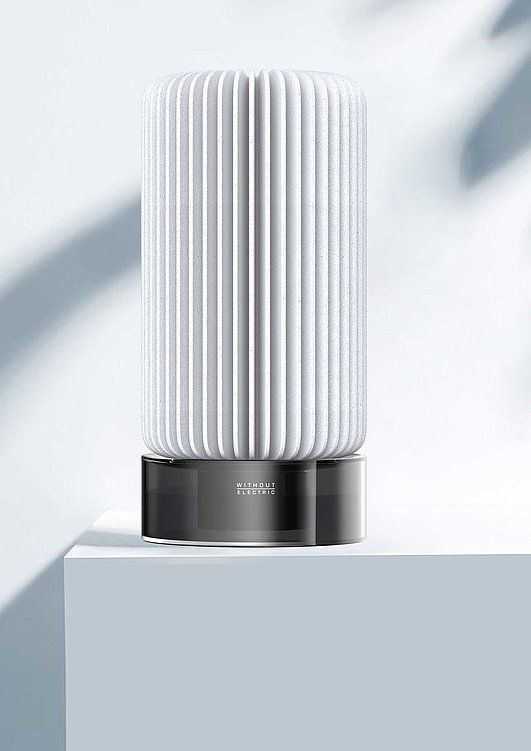
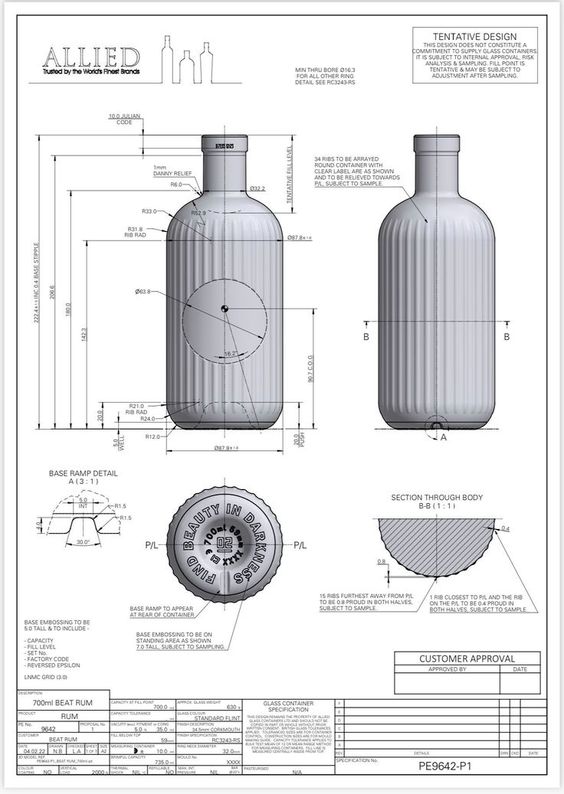
Sketches help designers to visualize their ideas in a tangible form and to communicate their vision to others. They also provide a way to get feedback from stakeholders and users early in the design process, which can help to identify potential issues and improve the final product.
Types of Product Design Sketches
There are several types of product design sketches, each with its own purpose and level of detail. Some common types of sketches include:
-
Concept Sketches: These are quick, rough sketches that capture the essence of an idea. They are used to explore different design options and to communicate the basic concept to others.
-
Detail Sketches: These are more detailed sketches that focus on specific parts of the design. They are used to refine the design and to communicate specific details to others.
-
Exploded View Sketches: These are sketches that show how the different parts of a product fit together. They are used to communicate the assembly process and to identify potential issues.
Materials and Tools for Sketching
Product designers use a variety of materials and tools for sketching. Some common materials include:
-
Pens and Pencils: These are used for drawing lines and shading.
-
Markers: These are used for adding color and depth to sketches.
-
Ruler: This is used for drawing straight lines and measuring distances.
-
Sketchbook: This is used for keeping sketches organized and easily accessible.
-
Digital Sketches: These are created using digital tools such as tablets and styluses. They offer the advantage of being easily editable and shareable.
In conclusion, product design sketches are an essential part of the design process. They help designers to visualize and communicate their ideas, refine their concepts, and explore different design options. By understanding the role of sketches in design, the types of product design sketches, and the materials and tools used for sketching, designers can create effective sketches that help to bring their ideas to life.
The Design Process

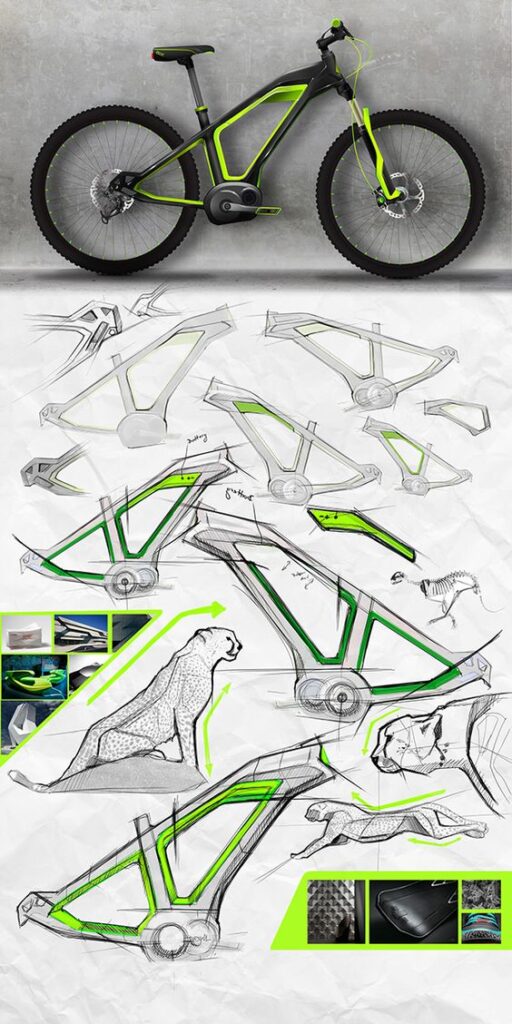
The design process involves a series of steps that lead to the creation of a final product. From ideation to final product, designers follow a well-defined process to ensure that the product meets the needs of the users and the business. The following subsections describe the three main stages of the design process: research and concept development, prototyping, and manufacturing.
From Ideation to Final Product
The design process starts with ideation, where designers generate ideas for the product. This stage involves brainstorming, sketching, and creating rough prototypes. Once the designers have a few promising ideas, they move on to the concept development stage, where they refine the ideas and create more detailed sketches and prototypes. The goal of this stage is to create a clear vision of the final product.
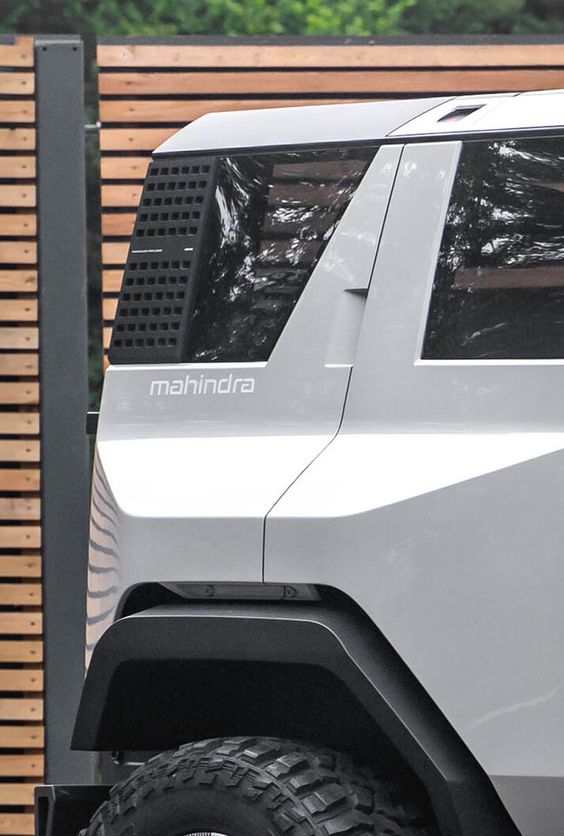

After the concept development stage, designers move on to the prototyping stage. This stage involves creating physical prototypes of the product to test its functionality and usability. The prototypes can be simple or complex, depending on the product’s complexity. The goal of prototyping is to identify and fix any issues with the product before it goes into production.
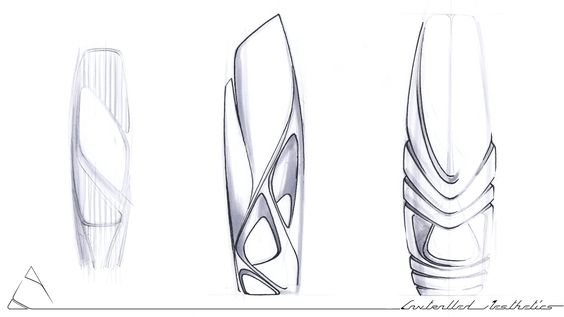
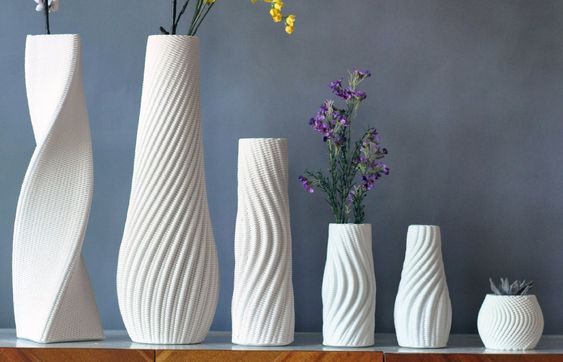
The final stage of the design process is manufacturing. This stage involves creating the final product, using the design specifications and prototypes as a guide. The manufacturing process can be complex, and it involves many steps, including sourcing materials, assembly, and quality control.
Research and Concept Development
Research is a crucial part of the design process. It involves gathering information about the users, the market, and the competition. Designers use this information to create a clear picture of what the users need and want. They also use it to identify any gaps in the market that the product can fill.
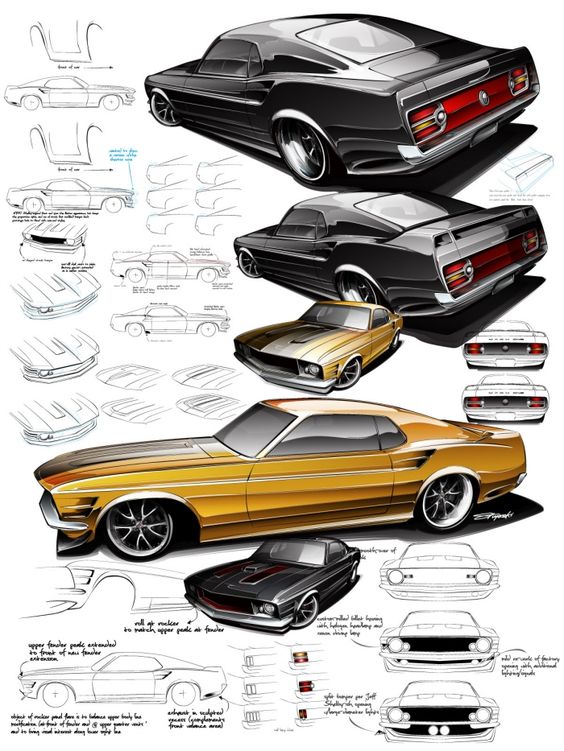
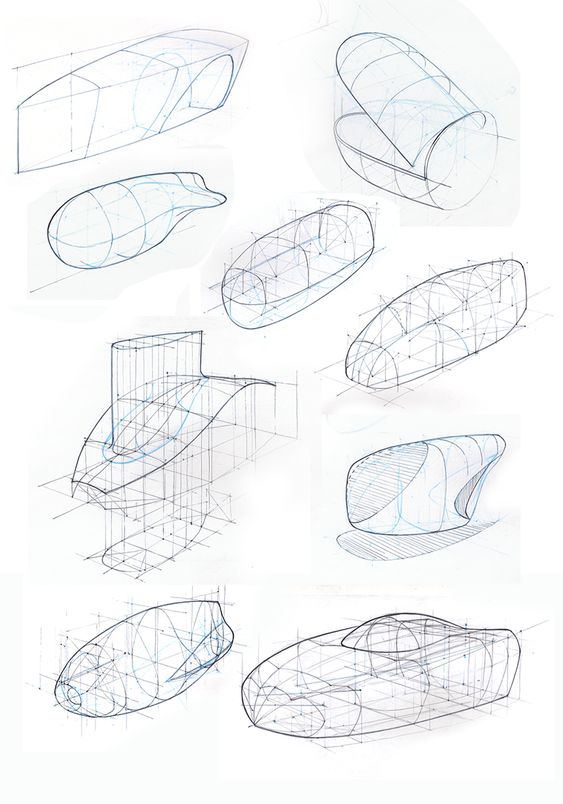
The concept development stage involves taking the ideas generated during the ideation stage and refining them. Designers create more detailed sketches and prototypes, and they test the concepts with users to get feedback. This stage helps designers create a clear vision of the final product, and it ensures that the product meets the needs of the users.
Prototyping and Manufacturing
Prototyping is an essential part of the design process. It involves creating physical prototypes of the product to test its functionality and usability. Designers use the prototypes to identify and fix any issues with the product before it goes into production. The prototypes can be simple or complex, depending on the product’s complexity.
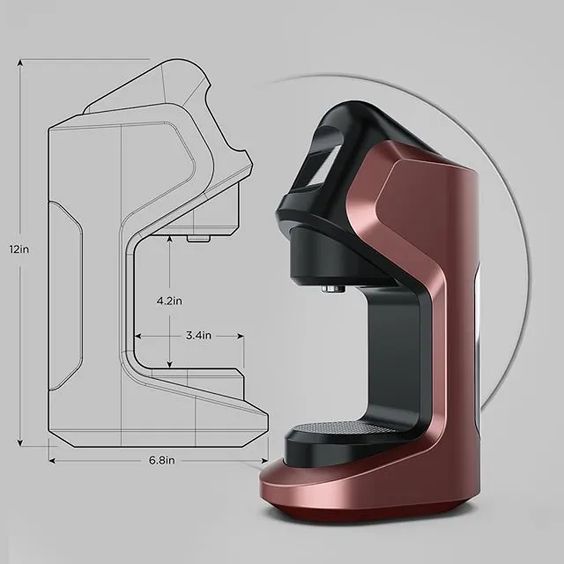
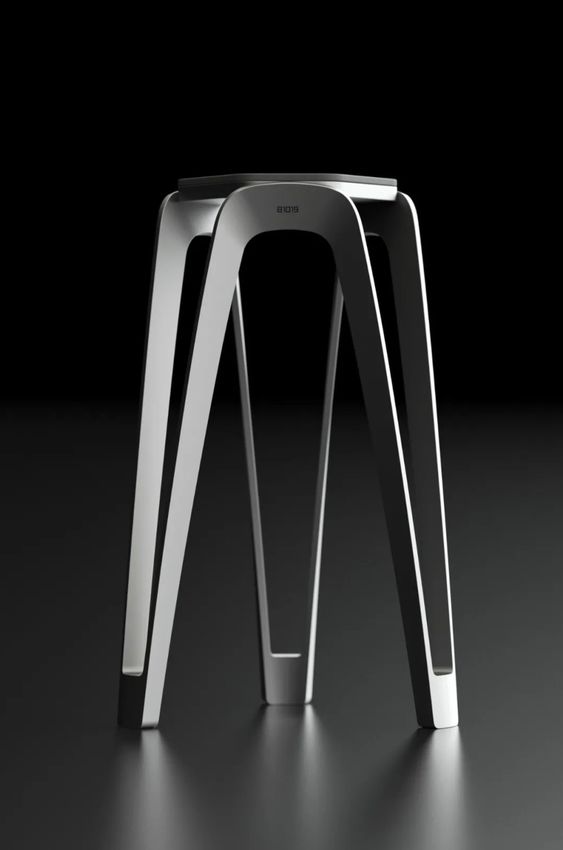
Manufacturing is the final stage of the design process. It involves creating the final product, using the design specifications and prototypes as a guide. The manufacturing process can be complex, and it involves many steps, including sourcing materials, assembly, and quality control. The goal of manufacturing is to create a high-quality product that meets the needs of the users and the business.
Sketching Techniques and Principles
When it comes to product design sketches, there are several techniques and principles that designers can use to create effective and visually appealing sketches. Here are some of the most important ones to keep in mind:
Perspective Drawing and Proportions
One of the most important aspects of product design sketching is the use of perspective drawing and correct proportions. This involves understanding how objects appear in three-dimensional space and how they relate to each other in terms of size and distance.


One-point perspective and two-point perspective are two common techniques that designers use to create the illusion of depth and space in their sketches.
Shading and Texture
Shading and texture are also important elements to consider when creating product design sketches. Shading can be used to create the illusion of depth and form, while texture can add visual interest and detail to a sketch. Different shading techniques, such as hatching and cross-hatching, can be used to create different effects.

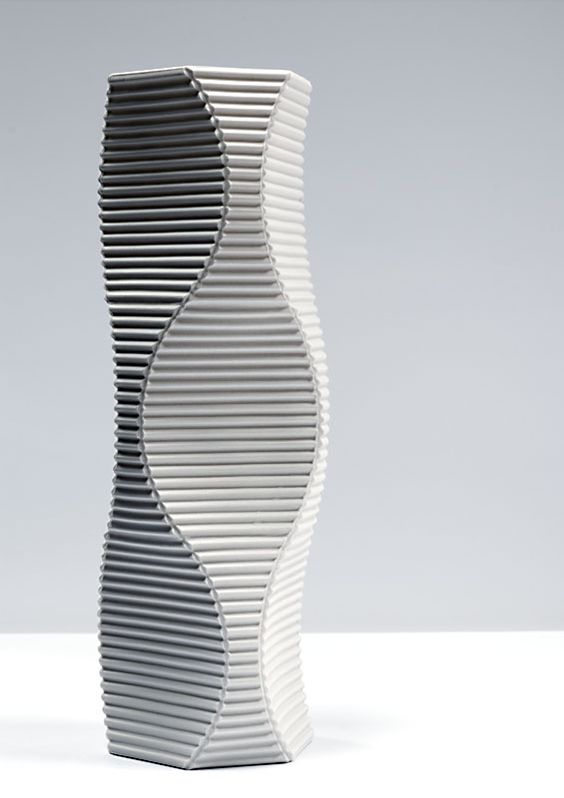
Color Theory and Application
Color is another important element to consider when creating product design sketches. Understanding color theory and how colors work together can help designers create sketches that are visually appealing and communicate their ideas effectively. Color can also be used to create contrast and highlight important elements in a sketch.
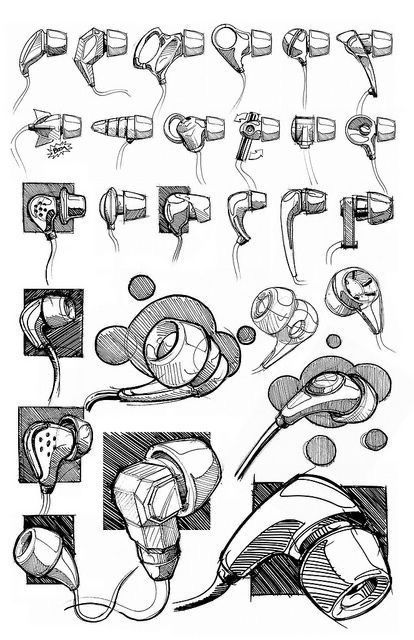
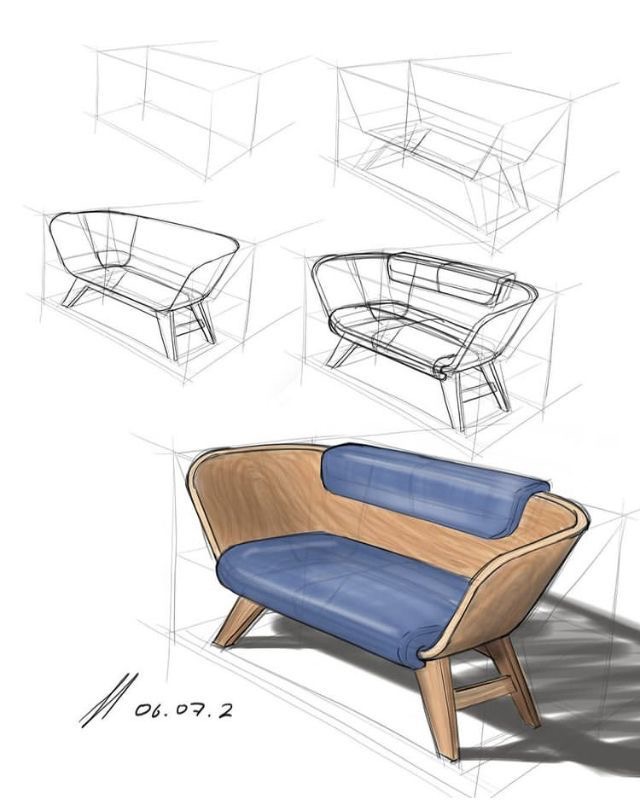
Overall, by using these techniques and principles, designers can create sketches that effectively communicate their ideas and help them bring their product designs to life.
Creativity and Innovation in Sketches
Sketches are an essential part of the product design process, and they serve as a means of visualizing ideas and concepts. Creativity and innovation are crucial components of sketches, as they allow designers to explore different ideas and possibilities. In this section, we will explore how creativity and innovation can be incorporated into sketches to create compelling designs.
Capturing the Essence of Ideas
Sketches are an excellent way to capture the essence of ideas, as they allow designers to quickly visualize and communicate their concepts. By using simple lines and shapes, designers can convey their ideas in a way that is easy to understand and interpret.

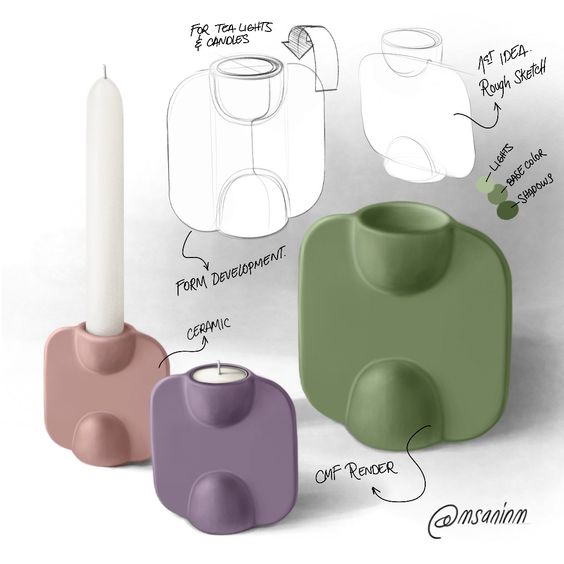
Sketches also allow designers to explore different variations of their ideas, which can lead to new and innovative designs.
Storytelling Through Sketches
Sketches can also be used as a means of storytelling, as they can convey the narrative behind a product or design. By incorporating elements such as color, texture, and shading, designers can create sketches that evoke emotion and communicate a story. Storytelling through sketches can be a powerful tool for designers, as it allows them to connect with their audience on a deeper level.
Imagination vs. Reality
Sketches are often used to explore the boundaries of imagination and reality. By using their imagination, designers can create sketches that push the limits of what is possible, which can lead to innovative and groundbreaking designs. However, it is also important for designers to consider the practicality and feasibility of their ideas, as they need to be able to bring their designs to life.
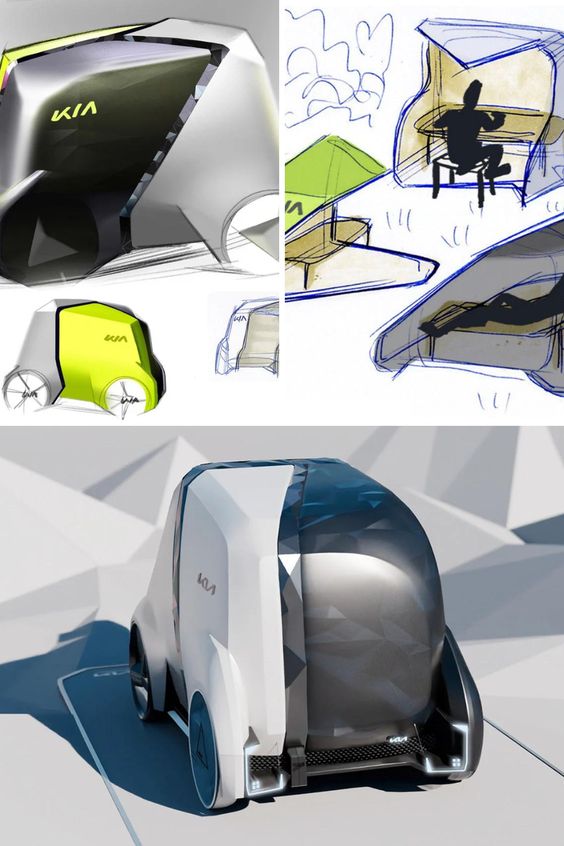
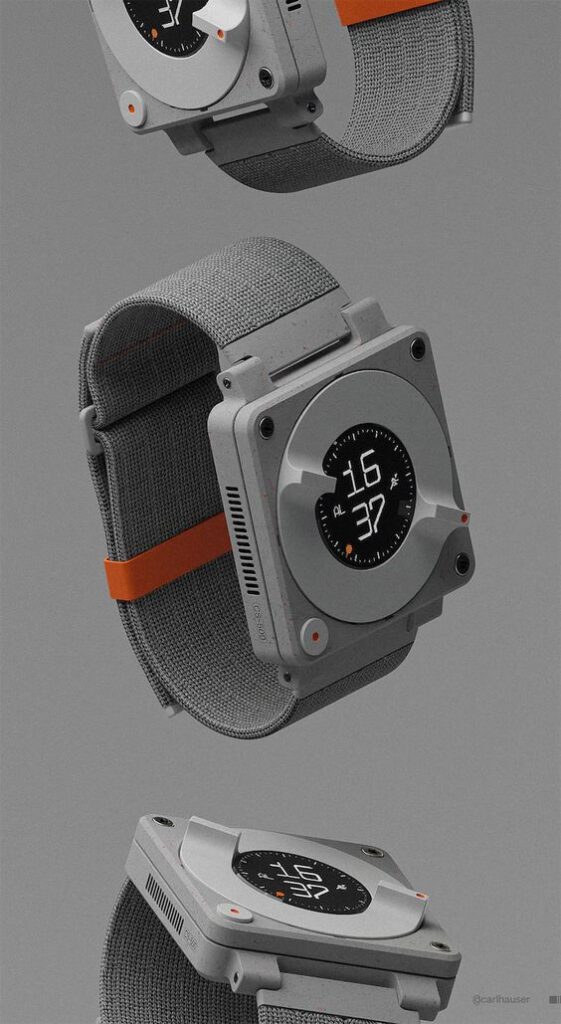
In conclusion, creativity and innovation are essential components of sketches, as they allow designers to explore different ideas and possibilities. By capturing the essence of ideas, storytelling through sketches, and exploring the boundaries of imagination and reality, designers can create compelling and innovative designs.
Advanced Sketching and Rendering
Product design sketches have come a long way from the traditional pen and paper format. Advanced sketching and rendering techniques have revolutionized the way designers communicate their ideas to clients, manufacturers, and investors. This section will explore some of the key techniques used in advanced sketching and rendering.
3D CAD Models and Digital Rendering
One of the most significant advancements in product design sketching has been the use of 3D CAD models and digital rendering. These tools allow designers to create highly detailed and realistic models of their products, which can be viewed from any angle. This level of detail and accuracy is essential for communicating complex designs to clients and manufacturers.
Realism and Detail in Sketches
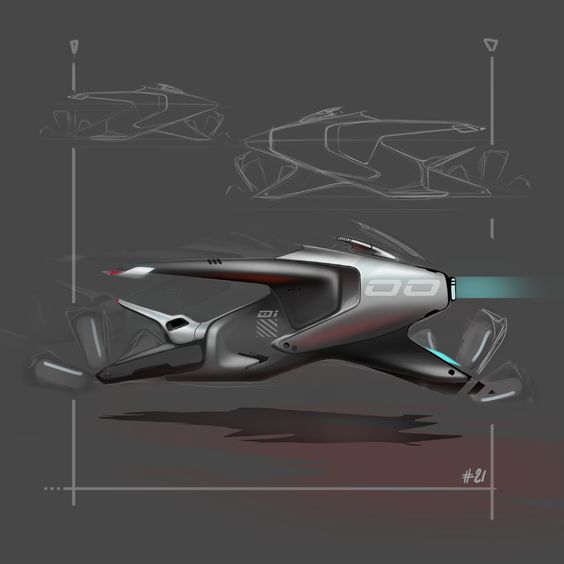
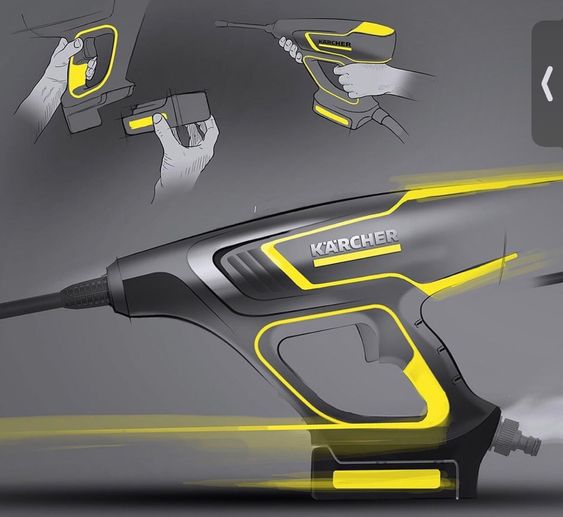
Realism and detail are crucial aspects of product design sketches. A sketch that accurately represents the product’s features and functions can help clients and investors visualize the final product. Designers can achieve this level of realism by paying close attention to details such as color, texture, and lighting.
Presentation Techniques
Product design sketches are not just about creating a realistic representation of the final product. They are also about effectively communicating the product’s features and benefits to clients and investors. Presentation techniques such as annotations, callouts, and exploded views can help designers convey critical information about the product.
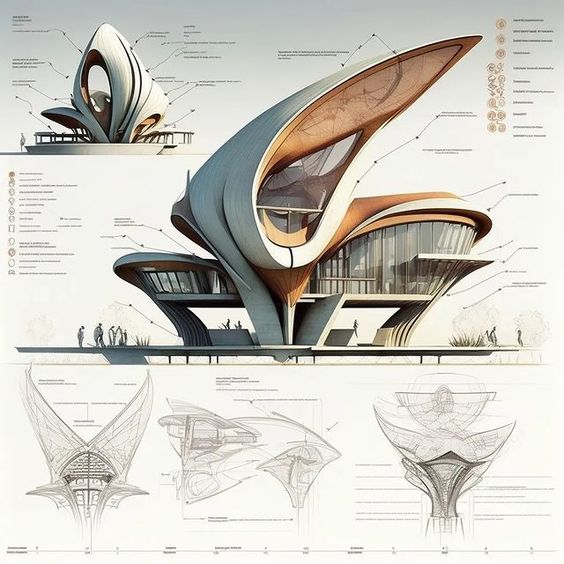
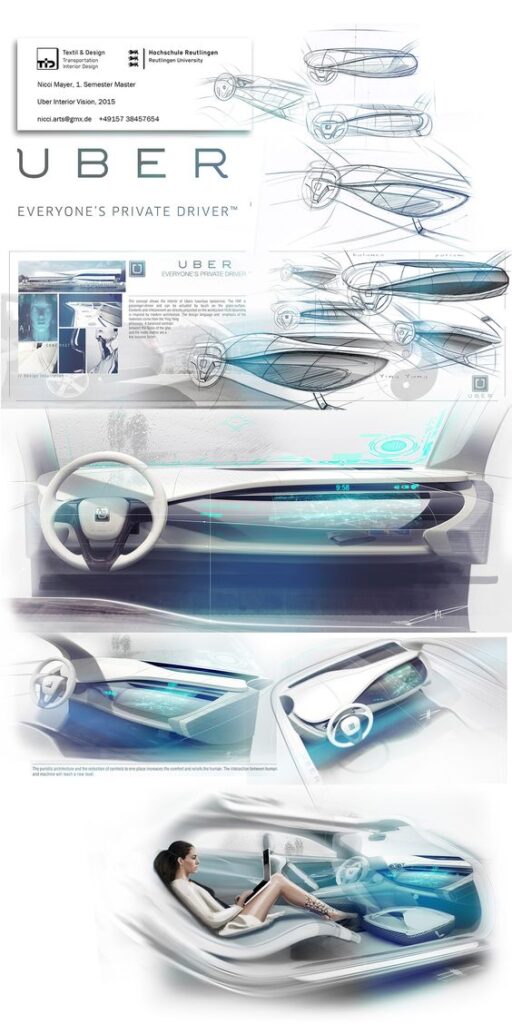
In conclusion, advanced sketching and rendering techniques have revolutionized the way product designers communicate their ideas. The use of 3D CAD models and digital rendering, realism and detail in sketches, and effective presentation techniques are all essential components of successful product design sketches.
Communication and Collaboration
Effective communication and collaboration are crucial in the product design process. The use of sketches can help in communicating ideas and design concepts to stakeholders, including clients, investors, and team members. This section explores how product design sketches can aid in communication and collaboration.
Engaging Stakeholders with Visual Aids
Product design sketches can be used to engage stakeholders in the design process. Visual aids such as sketches can help stakeholders better understand design concepts, and provide feedback on the design direction. This can lead to better decision making and a more collaborative design process.
Collaboration with Industrial Designers
Product design sketches can also aid in collaboration with industrial designers. Industrial designers can use sketches to communicate design concepts and collaborate with other team members. This can lead to a more efficient design process and better design outcomes.
Feedback and Iteration
Product design sketches can also aid in feedback and iteration. Sketches can be used to quickly iterate on design concepts and receive feedback from stakeholders and team members. This can lead to a more effective design process and better design outcomes.
In conclusion, product design sketches can aid in communication and collaboration in the product design process. By engaging stakeholders with visual aids, collaborating with industrial designers, and using sketches for feedback and iteration, product designers can create more effective and collaborative design processes.
Practical Considerations
Scale and Configuration in Sketches
When creating product design sketches, it is essential to consider the scale and configuration of the product. The scale of the sketch should be proportional to the actual size of the product. Sketches should be clear and easy to understand, with appropriate labeling and dimensions.
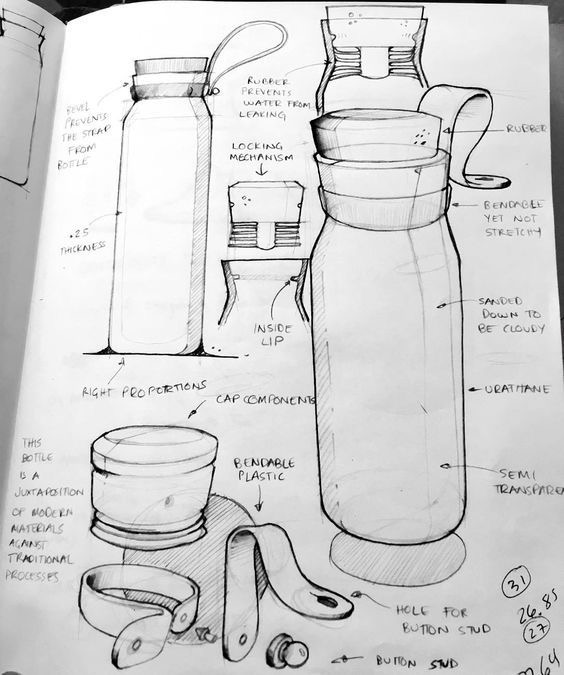
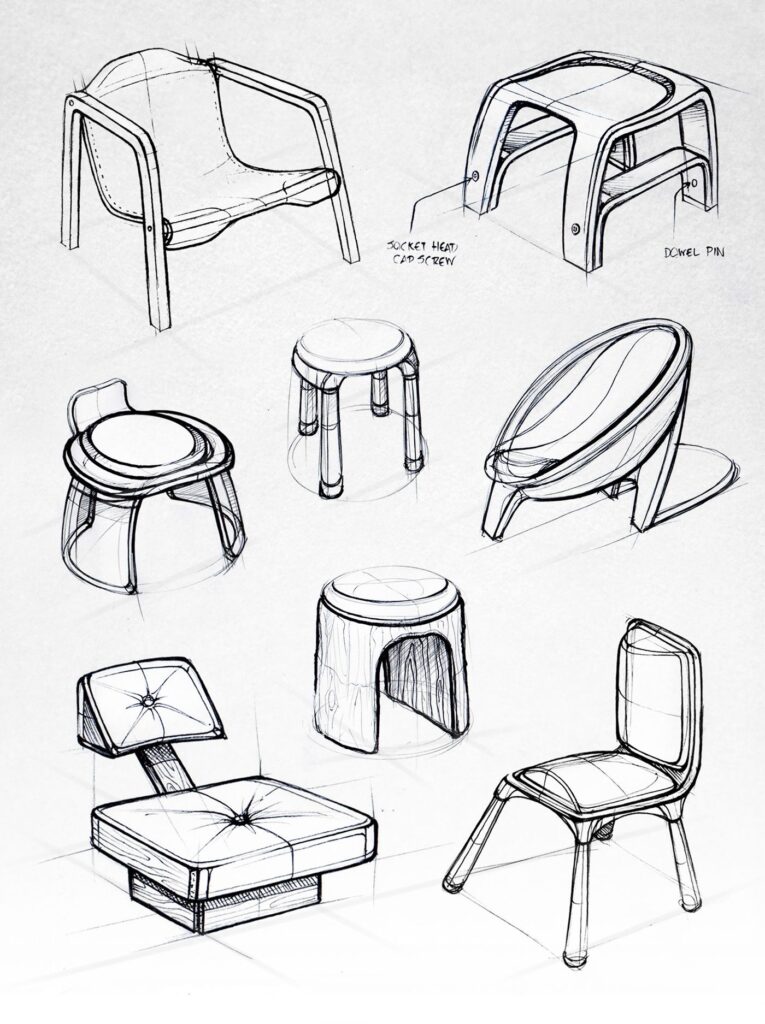
Configuration refers to the arrangement of elements within the product design. It is important to ensure that the configuration of the sketch accurately reflects the intended design of the product. This can be achieved through the use of different line weights, shading, and perspective.
Choosing the Right Materials
The choice of materials in product design sketches is crucial. Different materials can have a significant impact on the final product’s appearance, durability, and functionality. Wood and concrete are popular materials for product design sketches, but other materials such as metal, plastic, and fabric may also be used.

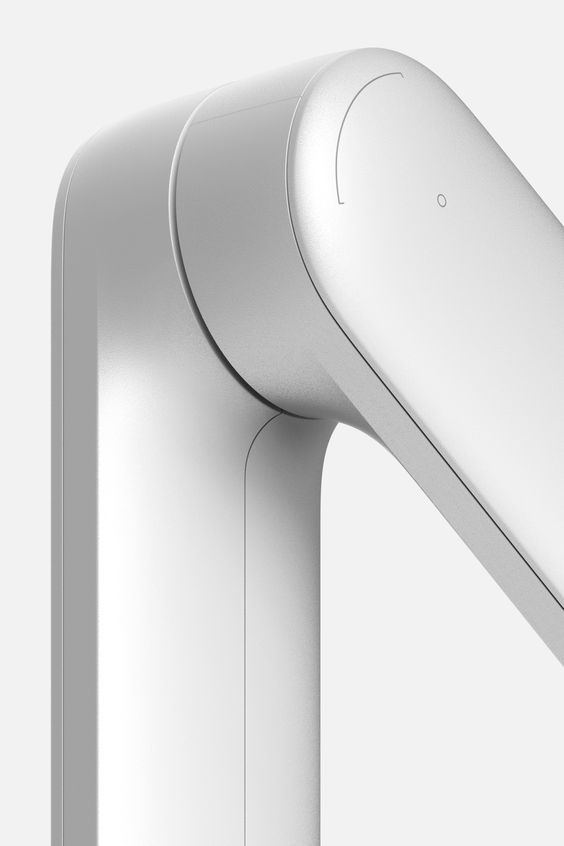
When selecting materials, designers should consider factors such as cost, availability, and environmental impact. It is also important to ensure that the materials chosen meet any legal or ethical requirements.
Legal and Ethical Aspects of Design
Product design sketches must comply with legal and ethical standards. Designers must ensure that their sketches do not violate any patents, trademarks, or copyrights. They must also consider the safety and well-being of the end-users.
Marketing considerations may also come into play when creating product design sketches. Designers must ensure that their sketches accurately represent the product and do not make exaggerated or false claims.
Manufacturers may also have specific requirements for product design sketches. Designers must be aware of these requirements and ensure that their sketches meet them.
Case Studies and Examples
Iconic Product Design Sketches
Product design sketches have played a critical role in the development of some of the most iconic products in history. One such example is the Apple iPod, which was first sketched by Jonathan Ive in 2001. The sketch depicted a simple, elegant design with a circular control wheel that would eventually become the hallmark of the iPod. This sketch served as the foundation for the product’s design and helped to shape its final form.
Another example of an iconic product design sketch is the Volkswagen Beetle, which was first sketched by Ferdinand Porsche in 1934. The sketch depicted a small, affordable car that could be mass-produced and sold to the masses. This sketch served as the inspiration for the Beetle’s design, which would go on to become one of the most popular cars in history.
Evolution of Sketching in Design
Over the years, the process of sketching in product design has evolved significantly. In the past, designers would use pencil and paper to create sketches of their ideas. Today, however, many designers use digital tools like tablets and styluses to create their sketches.

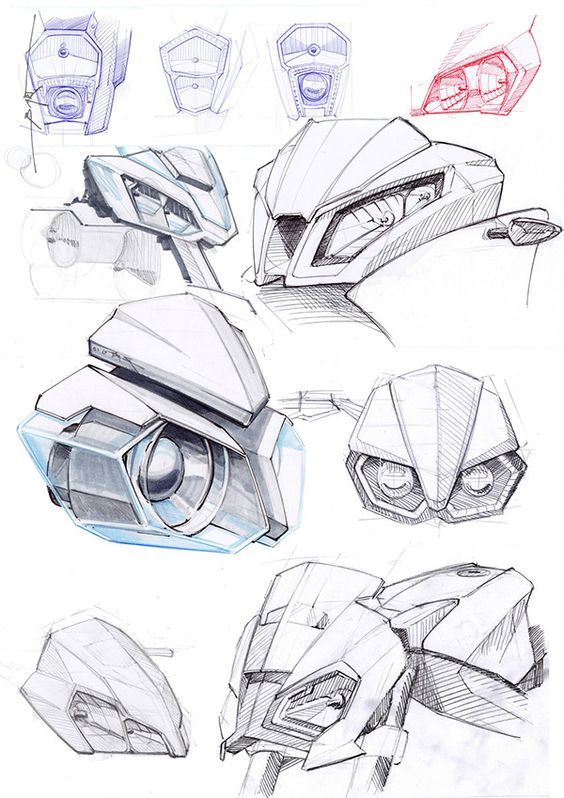
One of the key features of digital sketching tools is the ability to quickly iterate and refine designs. With traditional sketching methods, designers would need to create a new sketch each time they wanted to make a change to their design. With digital tools, however, designers can quickly make changes to their sketches and see the results in real-time.
In conclusion, product design sketches have played a critical role in the development of some of the most iconic products in history. From the Apple iPod to the Volkswagen Beetle, sketches have served as the foundation for many great designs. As the process of sketching continues to evolve, designers will have even more tools at their disposal to help bring their ideas to life.
- 6.6Kshares
- Facebook0
- Pinterest6.6K
- Twitter0
- Reddit0


